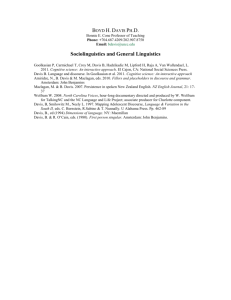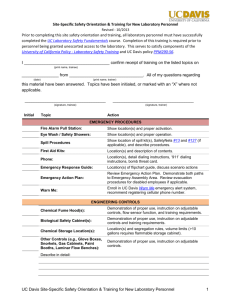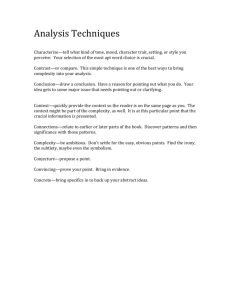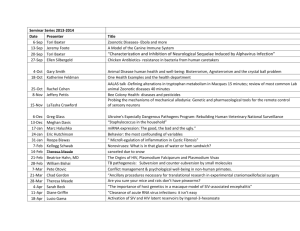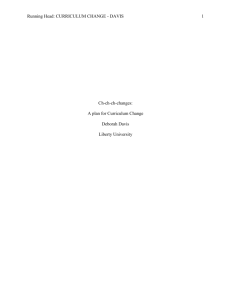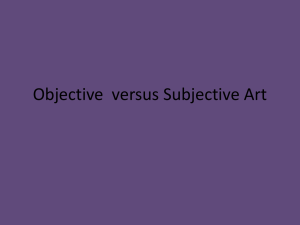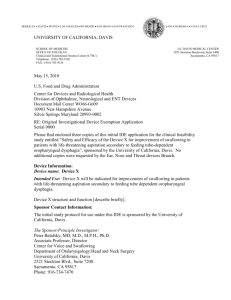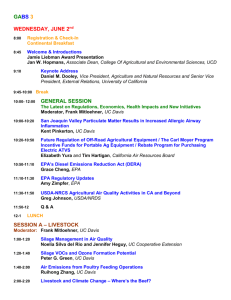Supplementary Material Molecular Imaging and Biology
advertisement
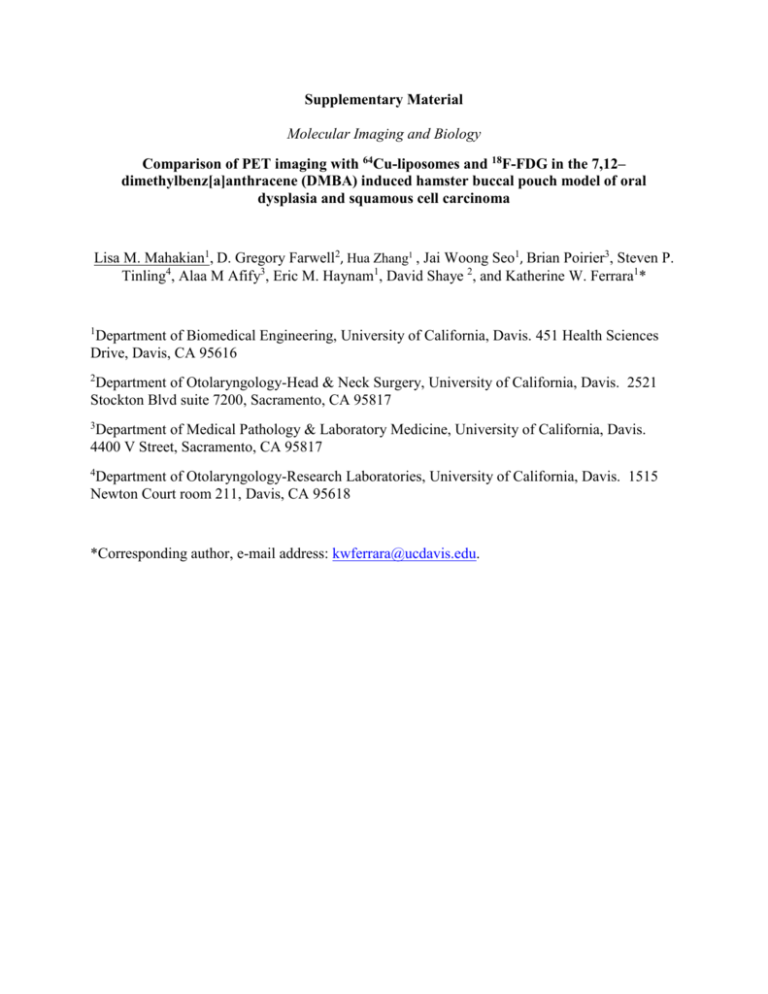
Supplementary Material Molecular Imaging and Biology Comparison of PET imaging with 64Cu-liposomes and 18F-FDG in the 7,12– dimethylbenz[a]anthracene (DMBA) induced hamster buccal pouch model of oral dysplasia and squamous cell carcinoma Lisa M. Mahakian1, D. Gregory Farwell2, Hua Zhang1 , Jai Woong Seo1, Brian Poirier3, Steven P. Tinling4, Alaa M Afify3, Eric M. Haynam1, David Shaye 2, and Katherine W. Ferrara1* 1 Department of Biomedical Engineering, University of California, Davis. 451 Health Sciences Drive, Davis, CA 95616 2 Department of Otolaryngology-Head & Neck Surgery, University of California, Davis. 2521 Stockton Blvd suite 7200, Sacramento, CA 95817 3 Department of Medical Pathology & Laboratory Medicine, University of California, Davis. 4400 V Street, Sacramento, CA 95817 4 Department of Otolaryngology-Research Laboratories, University of California, Davis. 1515 Newton Court room 211, Davis, CA 95618 *Corresponding author, e-mail address: kwferrara@ucdavis.edu. a b 18F-FDG Supplementary Figure 1: Tracers employed in this study. a. Long circulating 100nm liposomes HSPC:Cholesterol:DSPE-PEG2K-Ome:(6-BAT lipid) = (55:39:5:0.3, mol/mol), onto which 64Cu was chelated. These particles circulate and accumulate within tumors. b. 18F-FDG is injected 30 minutes prior to PET scan and radioactivity accumulates in areas with active glucose metabolism. b a d c e Supplementary Figure 2: Optical images of mucosa. a, an example of normal, healthy mucosa from an untreated hamster, with an arrow pointing to healthy tissue; b and c, examples of a very early mucosal change: mucosa is thickened and red with white patches, the arrow in b pointing to a white patch, the arrow in c pointing to a very small (<1mm) lesion; d and e, examples of later lesions: mucosa is very thick, dark red and has an overall bumpy appearance, the arrows pointing to large lesions (>2mm).

